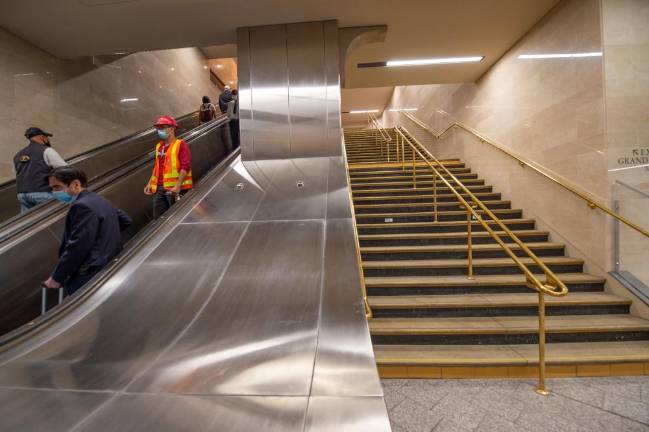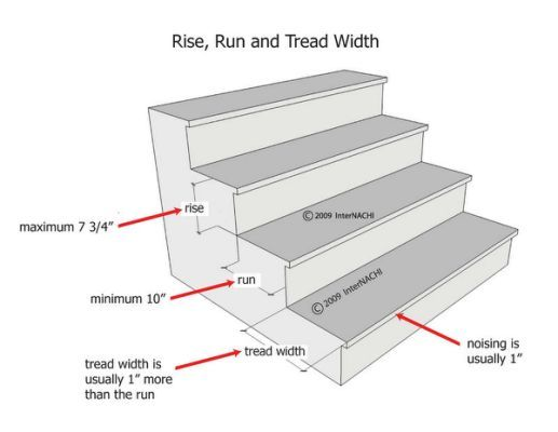Staying Safe on the Stairs
Falls afflict the very young and relatively old. What to watch out for


According to the U.S. Census, about half of American homes have staircases. Here in Manhattan, where most of us live in apartments, our buildings all have emergency exit stairs. Many public buildings such as our Post Offices, theaters and hotels have short flights at the entrance. And virtually every subway entrance has one or more narrow, steeply pitched sets of stairs with only an occasional escalator or elevator to ease the up and down.
According to the American Journal of Emergency Medicine, every year more than 1,000,000 of us trip and fall walking up and down these and other steps (including those escalators). The inevitable result? Multiple avoidable mishaps adding as much as $92,000,000,000 to our national medical bills.
Who falls? Everyone. But the injured are mostly likely to be either very young, relatively old, or female. One study from the Center for Injury Research and Policy at Nationwide Children’s Hospital in Columbus, Ohio says every six minutes a child shows up in an emergency room with stair-related injury, at least 25 percent of them babies who fell while being carried which means Mom or Dad were also probably injured. The excess female falls may arise due to the fact that most stairway falls happen at home and even working mothers are likely to spend more time at home than are working fathers and – as one source duly noted – are more likely to wear trippable high heels.
The problem is two-fold: people and design. First up, common design flaws such as steps of different sizes in the same stairway, a tread (surface of the step) too wide or too narrow for the human foot, risers (the vertical space between steps) too high or too low, slippery surfaces and bad lighting.
Next, people mistakes. The safety and health magazine EHS (Environment Health and Safety) says we only look at the very top and bottom steps, ignoring the ones in-between. Going down that may mean missing the next step and stepping off into thin air. Going up, we may not notice a low staircase right in front and trip forward.
What happens then? When researchers at Australia’s Monash University outside of Melbourne used full body scans to analyze more than 50 victims of fatal falls they discovered that younger heads were less likely to fracture and the cervical bones from the base of the skull to the shoulders were more likely to fracture in falls that involved more than half a flight of stairs.
Naturally, given so many mis-steps, OSHA has designed the perfect staircase and issued rules originally designed for older folk but valuable at any age. They begin with your body. If you’ve fallen or feel you might, check with your doctor to review your meds and manage those that might make you sleepy or shaky. Check your eyes and update your glasses if needed. Investigate safe shoes and exercise to strengthen your leg muscles.
When leaving home, check your clothes – shoelaces should be tied tight and long skirts gathered up. In public buildings, look before leaping onto the first stair. Actually, don’t leap, skip or run: Climbing stairs is not an Olympic sport. Use the handrail. And if you’re carrying a package keep one hand free to grab the rail if necessary. If the package is really big and bulky, take the elevator instead.
Man, woman or child, the bones you save may be your own.